The main national projects in which we are involved right now are
Drivers of competition asymmetry in communities of perennial species: ubiquitous but untested
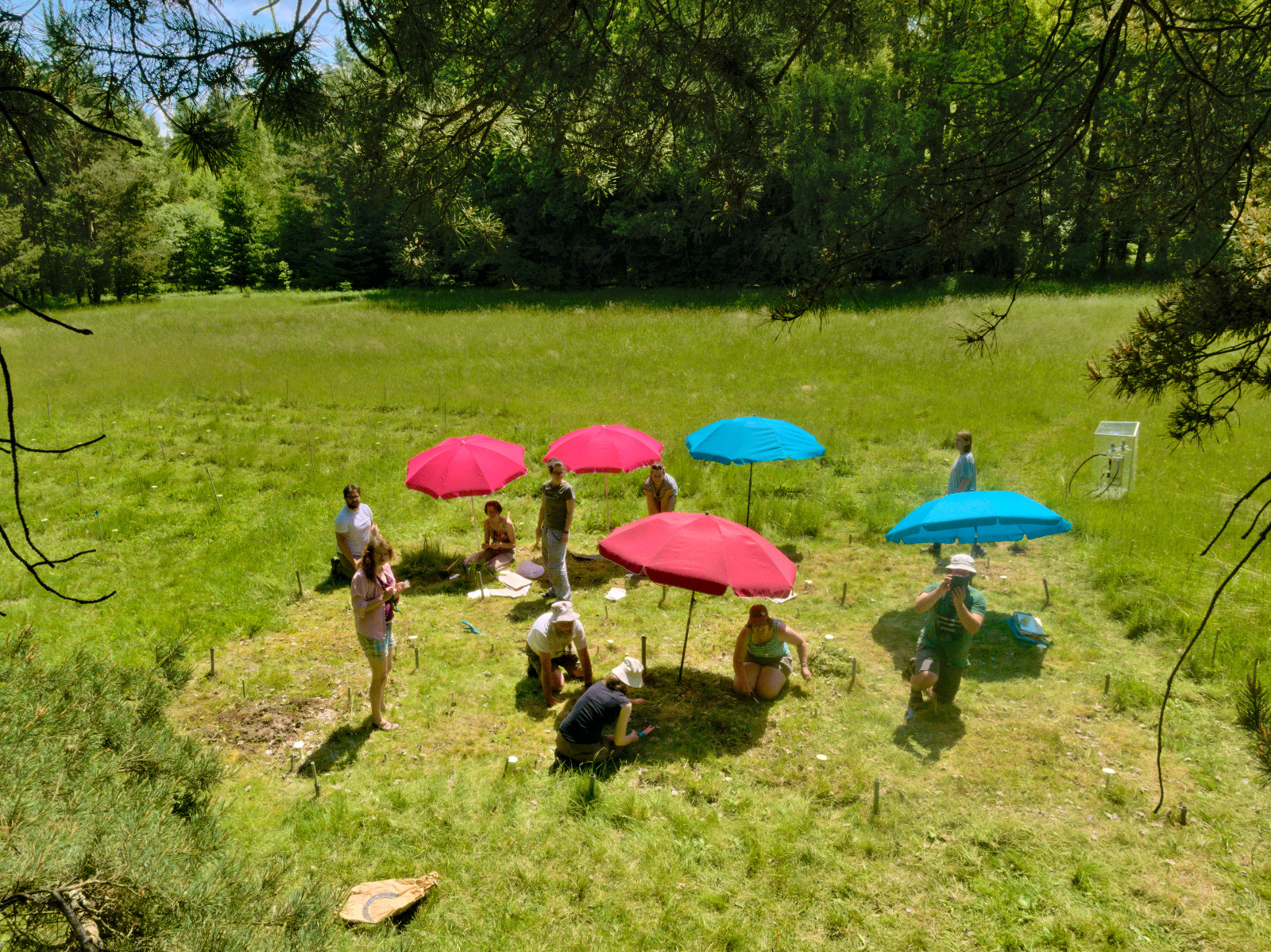 Project is based on the idea that the main driver of competitive exclusion in plant communities is mainly competition asymmetry, and not so much competition intensity. The rate of competitive exclusion increases with competition asymmetry. It is expected that the aboveground competition is more asymmetric than the belowground competition, but the experimental proof is missing. In the project, we use newly established experiments, as well as the long-term data from our permanent plots (mainly Ohrazení). Common project with the working group of
Tomáš Herben (Botanical institute CAS, Průhonice).
Project is based on the idea that the main driver of competitive exclusion in plant communities is mainly competition asymmetry, and not so much competition intensity. The rate of competitive exclusion increases with competition asymmetry. It is expected that the aboveground competition is more asymmetric than the belowground competition, but the experimental proof is missing. In the project, we use newly established experiments, as well as the long-term data from our permanent plots (mainly Ohrazení). Common project with the working group of
Tomáš Herben (Botanical institute CAS, Průhonice). How traits mediate tree interactions with neighbours, enemies and mutualists: explaining coexistence mechanisms in tropical and temperate forests
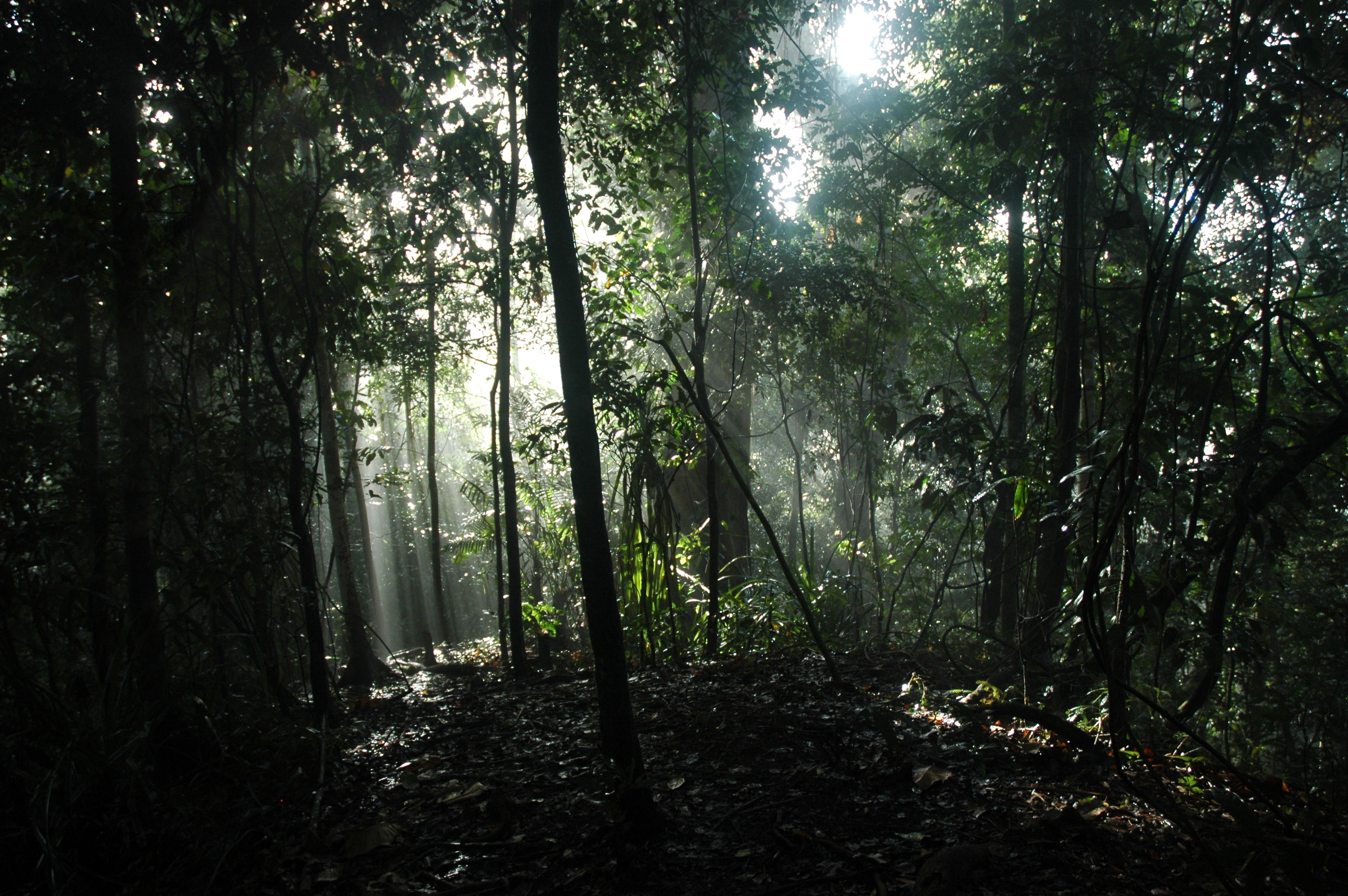
Explaining mechanisms of coexistence in species-rich and structurally diverse forests is still a
great challenge in ecology. Niche-based processes, reflecting differences in functional traits of
neighbouring trees, provide a viable explanation of forest dynamics. This project aims to
investigate how functional traits contribute to community dynamics in temperate and tropical
forests by mediating tree interactions with neighbours, enemies, and mutualists across different
environmental contexts and spatio-temporal scales. Using several observational and
experimental approaches associated with large tropical and temperate forest plots, we plan to
explore the effects of 1) similarity of functional traits on the coexistence with neighbouring trees,
2) adult trees, natural enemies and mycorrhizal fungi on seedling performance and traits, and 3)
species- and individual-level functional traits during the regeneration phase. This will
substantially advance our understanding of the effects of tree’s functional traits for the
coexistence of tropical and temperate tree species.
Effects of plant diversity loss on ecosystem carbon cycling in a changing world
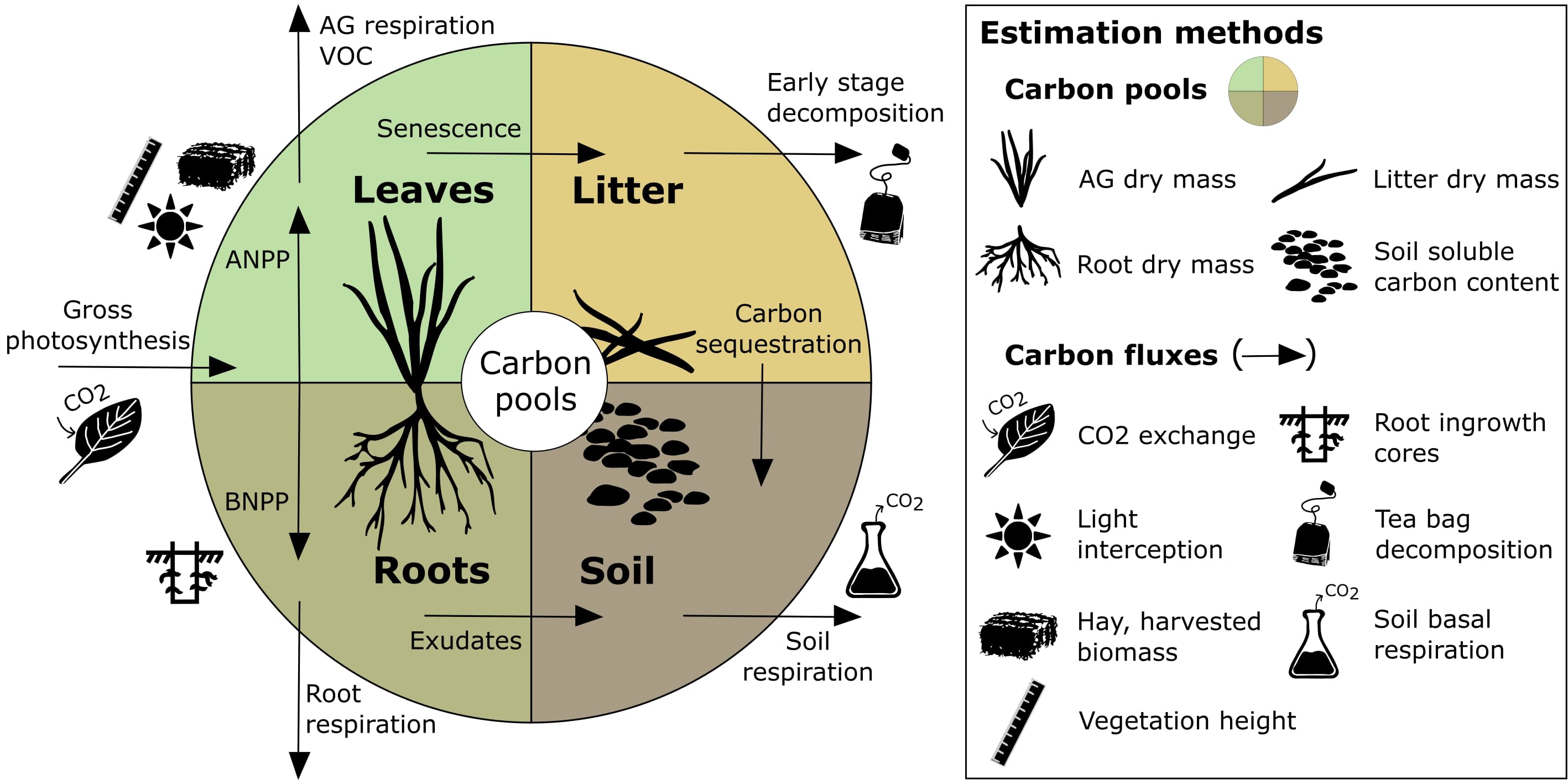 Research in ecology over the past 30 years has provided strong theoretical and experimental evidence that biodiversity plays a key role in several ecosystem functions. Whether these findings can help predict the consequences of the biodiversity loss due to current global changes is a debated topic. In this project, we propose to simulate realistic scenarios of plant species extinction using experimental and observational approaches. The project builds on the set-up of unique experiments in species-rich grasslands of South Bohemia (Czech Republic) and the collection of original data. We aim to investigate the effects of plant diversity on a comprehensive set of ecosystem properties related to the carbon cycle. Beside testing the consequences of species loss on carbon pools and seasonal fluxes, the project integrates a trait-based framework to improve our mechanistic understanding of the underlying ecological processes.
Research in ecology over the past 30 years has provided strong theoretical and experimental evidence that biodiversity plays a key role in several ecosystem functions. Whether these findings can help predict the consequences of the biodiversity loss due to current global changes is a debated topic. In this project, we propose to simulate realistic scenarios of plant species extinction using experimental and observational approaches. The project builds on the set-up of unique experiments in species-rich grasslands of South Bohemia (Czech Republic) and the collection of original data. We aim to investigate the effects of plant diversity on a comprehensive set of ecosystem properties related to the carbon cycle. Beside testing the consequences of species loss on carbon pools and seasonal fluxes, the project integrates a trait-based framework to improve our mechanistic understanding of the underlying ecological processes. Diversification across scales: exploring the role of plant inter- and intra-specific differentiation for coexistence and ecosystem functioning
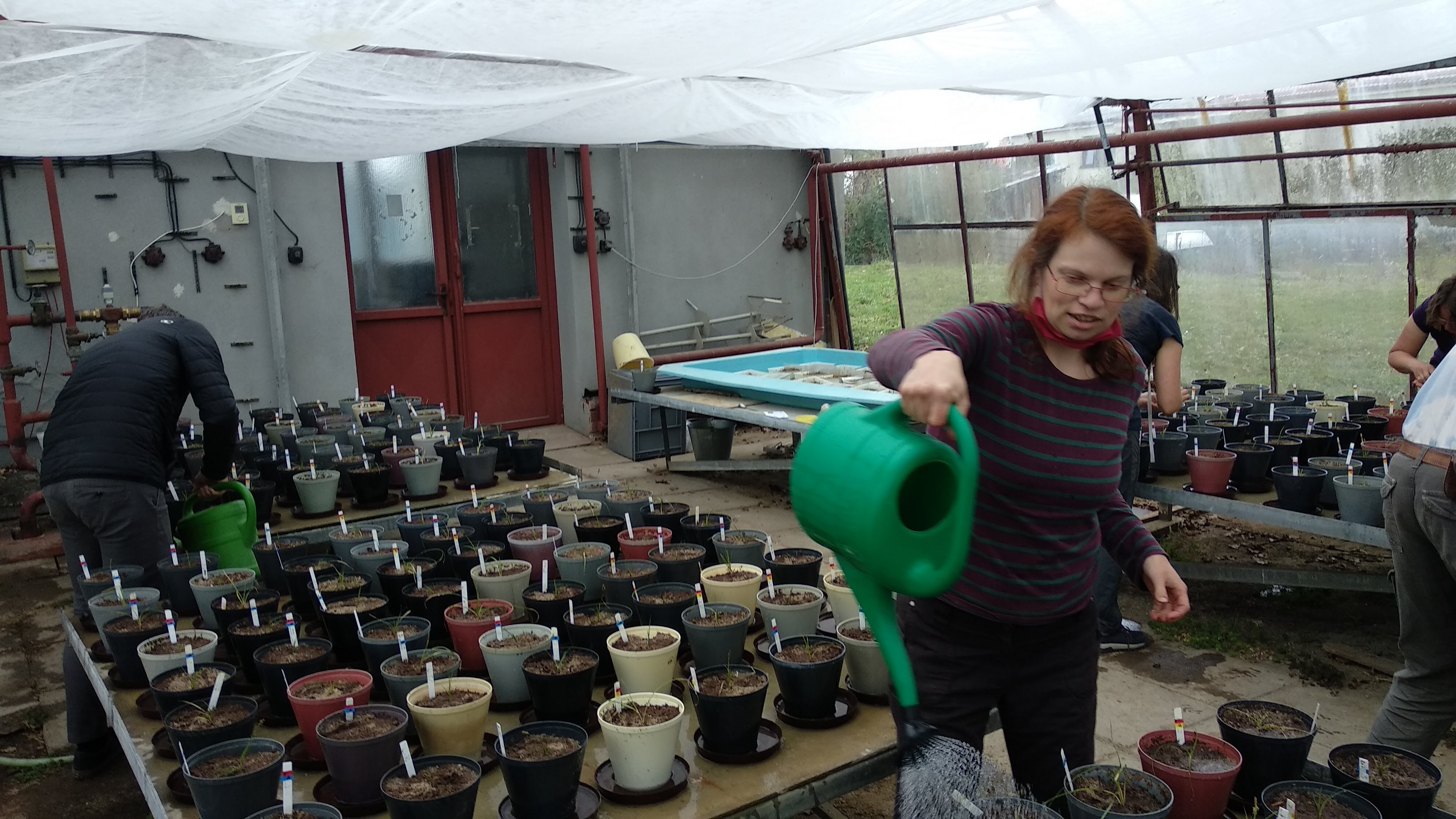
This is a project directed by the PI group from Institute of Botany, Třeboň, the plant functional ecology group of our department is co-PI. Our group is mainly responsible for the Carex workpackage, investigating the differentiation of functional traits within individual Carex species, and between the species. We use the range of methods, from a glasshouse experiments investigating effects of biotic interactions and abiotic conditions on Carex species trait, and landscape scale measurement of traits in relationship with host plant communities of several populations of each of ca 20 Carex species.
Stable but dynamic: mechanisms underlying long-term dynamics of diversity in temperate grasslands
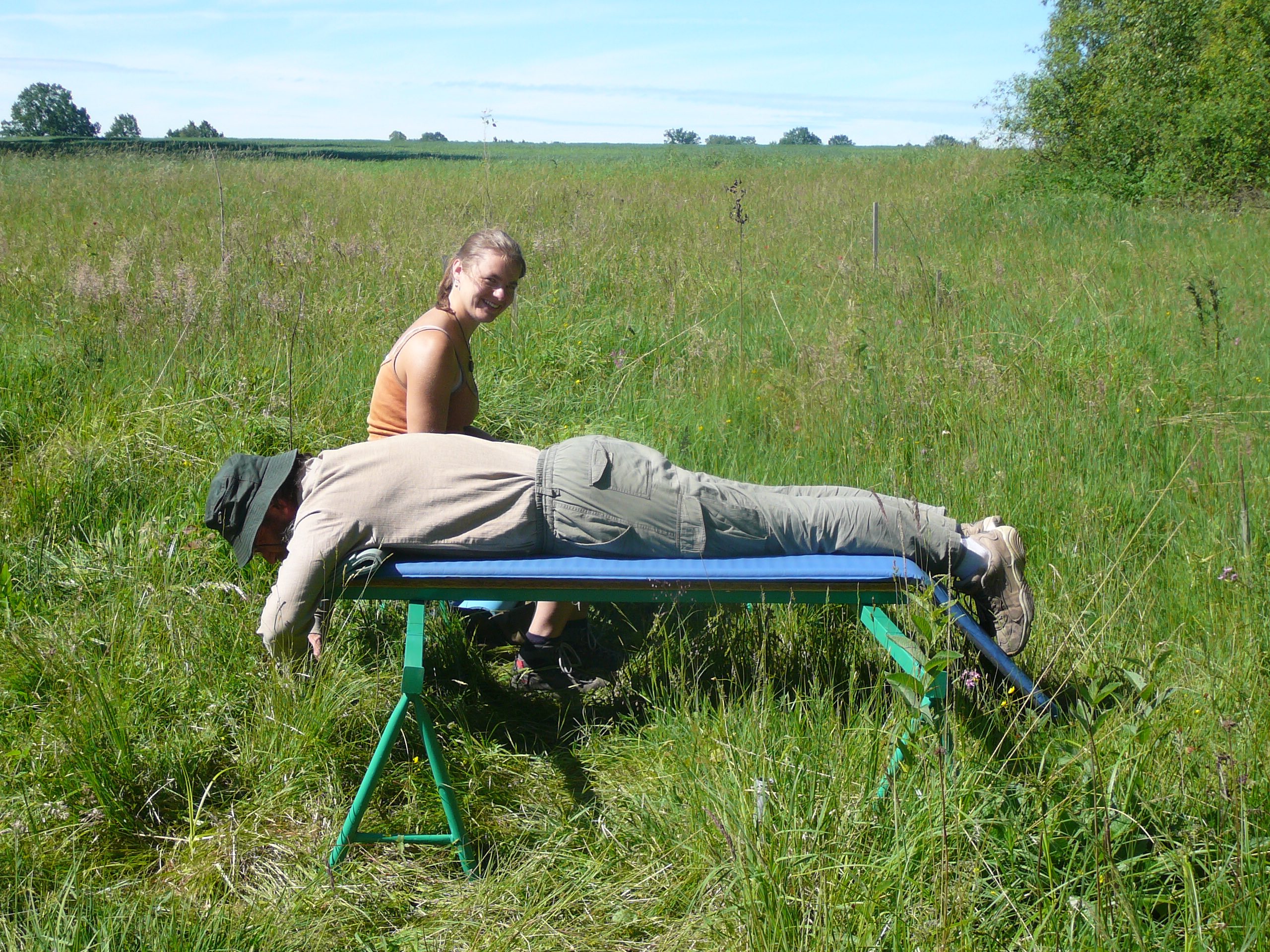 The project aims to identify temporal and spatiotemporal patterns in species composition in grassland systems for which spatially explicit long-term data exist, link them to measurable differences among species, and experimentally test for potential mechanisms generating these patterns. We use parameters of species dynamics from spatially explicit long time (decades) series to test hypotheses on links between such parameters and species traits and functions. Further, we examine to what extent is the community dynamics, including the return to some equilibrium state, determined by community composition, and how it is governed by traits of prevailing species. We experimentally test for potential mechanisms generating these patterns, namely strong negative intraspecific soil feedback, which we expect to find primarily in species with high spatial mobility (we expect that the action of soil feedbacks is dependent on the spatial fine-scale co-occurrence of roots of different species). The research is a common project of Faculty of Science USB, and the Tomáš Herben’s group of Botanical Institute CAS. The research of the USB group is based on long-term data from research projects in Ohrazeni, Benesov and Zvikov, and mostly on new experimental work in the Ohrazeni research site.
The project aims to identify temporal and spatiotemporal patterns in species composition in grassland systems for which spatially explicit long-term data exist, link them to measurable differences among species, and experimentally test for potential mechanisms generating these patterns. We use parameters of species dynamics from spatially explicit long time (decades) series to test hypotheses on links between such parameters and species traits and functions. Further, we examine to what extent is the community dynamics, including the return to some equilibrium state, determined by community composition, and how it is governed by traits of prevailing species. We experimentally test for potential mechanisms generating these patterns, namely strong negative intraspecific soil feedback, which we expect to find primarily in species with high spatial mobility (we expect that the action of soil feedbacks is dependent on the spatial fine-scale co-occurrence of roots of different species). The research is a common project of Faculty of Science USB, and the Tomáš Herben’s group of Botanical Institute CAS. The research of the USB group is based on long-term data from research projects in Ohrazeni, Benesov and Zvikov, and mostly on new experimental work in the Ohrazeni research site. Memory and after-life of clonal plants
 This project, coordinated by Vitek Latzel assesses effects of transgeneration plasticity on traits and the consequences for ecosystem functioning. Environmentally induced epigenetic change enables plants to remember past environmental interactions. We suggests that clonal plants can take great advantage of the memory because if this memory capability is exploited to prepare plants for future challenges, it can provide a basis for highly sophisticated behaviour. In the project we will focus on three clonal species and will test how the epigenetic memory on the past experiences with the environment affects their behaviour in the future. We will test whether the shared epigenetic memory between ramets of the clone together with information exchange among interconnected ramets provides clonal plants advantage when facing environments that the clonal plant already experienced in the past. Because epigenetic memories can alter not only plant behaviour but also their physiology and chemical composition, we will also focus on the role of plant memories on circulation of nutrients in the ecosystem after clonal plants senescence.
This project, coordinated by Vitek Latzel assesses effects of transgeneration plasticity on traits and the consequences for ecosystem functioning. Environmentally induced epigenetic change enables plants to remember past environmental interactions. We suggests that clonal plants can take great advantage of the memory because if this memory capability is exploited to prepare plants for future challenges, it can provide a basis for highly sophisticated behaviour. In the project we will focus on three clonal species and will test how the epigenetic memory on the past experiences with the environment affects their behaviour in the future. We will test whether the shared epigenetic memory between ramets of the clone together with information exchange among interconnected ramets provides clonal plants advantage when facing environments that the clonal plant already experienced in the past. Because epigenetic memories can alter not only plant behaviour but also their physiology and chemical composition, we will also focus on the role of plant memories on circulation of nutrients in the ecosystem after clonal plants senescence. Structure and function of AM fungal community in managed grasslands: role of host functional types, their diversity and competition
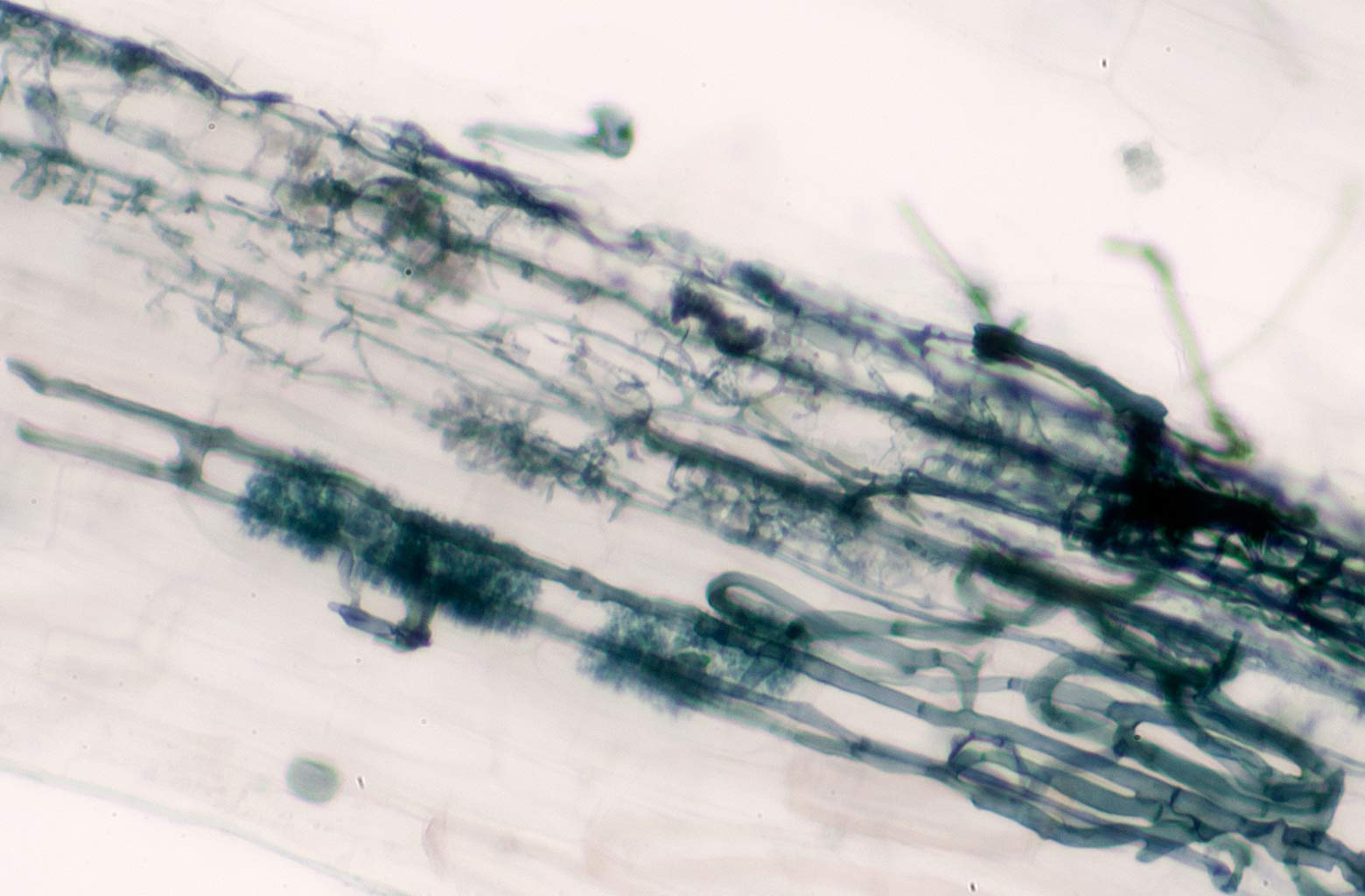 This project led by Petr and Majka tries to improve our understanding of the community of arbuscular mycorrhizal (AM) fungi of temperate managed grasslands, focusing on the role of presence and quantity of two functional types of host species: dicotyledoneous forbs and grasses. Using a set of four experiments and two field-based observations, we look at the effects of the presence and proportion of the two host-plant functional types and at the filtering effects of individual species of these two groups. We also measure important functional traits of plant species related to their AM symbiosis, as well as two functional traits of AM fungi. We quantify AM fungal community primarily with the next generation sequencing, but use the light microscopy where appropriate
This project led by Petr and Majka tries to improve our understanding of the community of arbuscular mycorrhizal (AM) fungi of temperate managed grasslands, focusing on the role of presence and quantity of two functional types of host species: dicotyledoneous forbs and grasses. Using a set of four experiments and two field-based observations, we look at the effects of the presence and proportion of the two host-plant functional types and at the filtering effects of individual species of these two groups. We also measure important functional traits of plant species related to their AM symbiosis, as well as two functional traits of AM fungi. We quantify AM fungal community primarily with the next generation sequencing, but use the light microscopy where appropriate Linking functional traits of three organism levels as driving mechanisms of ecosystem functions in the Arctic
 This project, coordinated by Petr Macek focus on multitrophic interactions in the artic. There is an increasing evidence that functional traits of biota may serve as important indicators of ecosystem services. Although it is known that different organism levels interact in providing ecosystem services, there are so far only few studies linking functional traits of several trophic levels together. Here we propose to interconnect functional traits of three organism levels – plants, soil fauna and soil microorganisms – to ecosystem functions underlying ecosystem services in the Arctic terrestrial ecosystem, representing a less complex, model system. Several ecosystem functions will be approached (C sequestration potential and soil stability, fertility and water retention) in a set of manipulative experiments. We expect that joining relevant functional traits across organism levels into “multitrophic” trait clusters will allow us to identify key traits underlying the ecosystem functions.
This project, coordinated by Petr Macek focus on multitrophic interactions in the artic. There is an increasing evidence that functional traits of biota may serve as important indicators of ecosystem services. Although it is known that different organism levels interact in providing ecosystem services, there are so far only few studies linking functional traits of several trophic levels together. Here we propose to interconnect functional traits of three organism levels – plants, soil fauna and soil microorganisms – to ecosystem functions underlying ecosystem services in the Arctic terrestrial ecosystem, representing a less complex, model system. Several ecosystem functions will be approached (C sequestration potential and soil stability, fertility and water retention) in a set of manipulative experiments. We expect that joining relevant functional traits across organism levels into “multitrophic” trait clusters will allow us to identify key traits underlying the ecosystem functions. PLADIAS (Database of the Czech flora and vegetation)
 This project aims at compiling vegetation data for the whole Czech Republic and includes a huge amount of data on vegetation plots, species traits and phylogeny of the Czech Flora. The project aimed at critically revise data about Czech flora and vegetation prepared by Masaryk University, the Institute of Botany of The Czech Academy of Sciences and University of South Bohemia.
This project aims at compiling vegetation data for the whole Czech Republic and includes a huge amount of data on vegetation plots, species traits and phylogeny of the Czech Flora. The project aimed at critically revise data about Czech flora and vegetation prepared by Masaryk University, the Institute of Botany of The Czech Academy of Sciences and University of South Bohemia. Drivers of communities' temporal stability: the role of functional differences between and within species
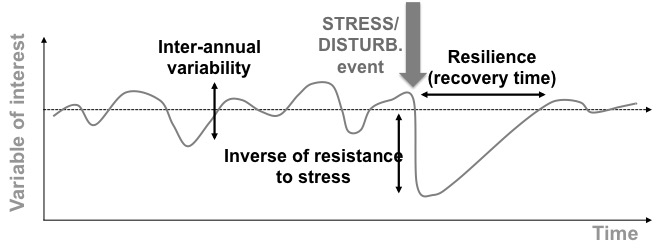 This project is coordinated by Francesco and Lars. How biological diversity is maintained in time is a fundamental question in a global change context. Ecologists have delineated many mechanisms that could maintain biodiversity stability and affect ecosystem resilience or resistance towards environmental changes. These mechanisms (compensation by species asynchrony, dominant species and portfolio effects) have been traditionally attributed to species diversity effects, but evidence is accumulating that they operate through differences in functional traits between species. Trait variability within species should further allow for stabilizing effects via abiotic plasticity and trans-generational trait adjustments induced by species interactions. We propose to test the importance of different stability mechanisms with globally available long-term datasets, regional data from meadow-systems and data from field and greenhouse sowing experiments. The data will be analysed using a novel framework based on functional traits within and between species, including the development of new measures for species synchrony and functional redundancy.
This project is coordinated by Francesco and Lars. How biological diversity is maintained in time is a fundamental question in a global change context. Ecologists have delineated many mechanisms that could maintain biodiversity stability and affect ecosystem resilience or resistance towards environmental changes. These mechanisms (compensation by species asynchrony, dominant species and portfolio effects) have been traditionally attributed to species diversity effects, but evidence is accumulating that they operate through differences in functional traits between species. Trait variability within species should further allow for stabilizing effects via abiotic plasticity and trans-generational trait adjustments induced by species interactions. We propose to test the importance of different stability mechanisms with globally available long-term datasets, regional data from meadow-systems and data from field and greenhouse sowing experiments. The data will be analysed using a novel framework based on functional traits within and between species, including the development of new measures for species synchrony and functional redundancy.